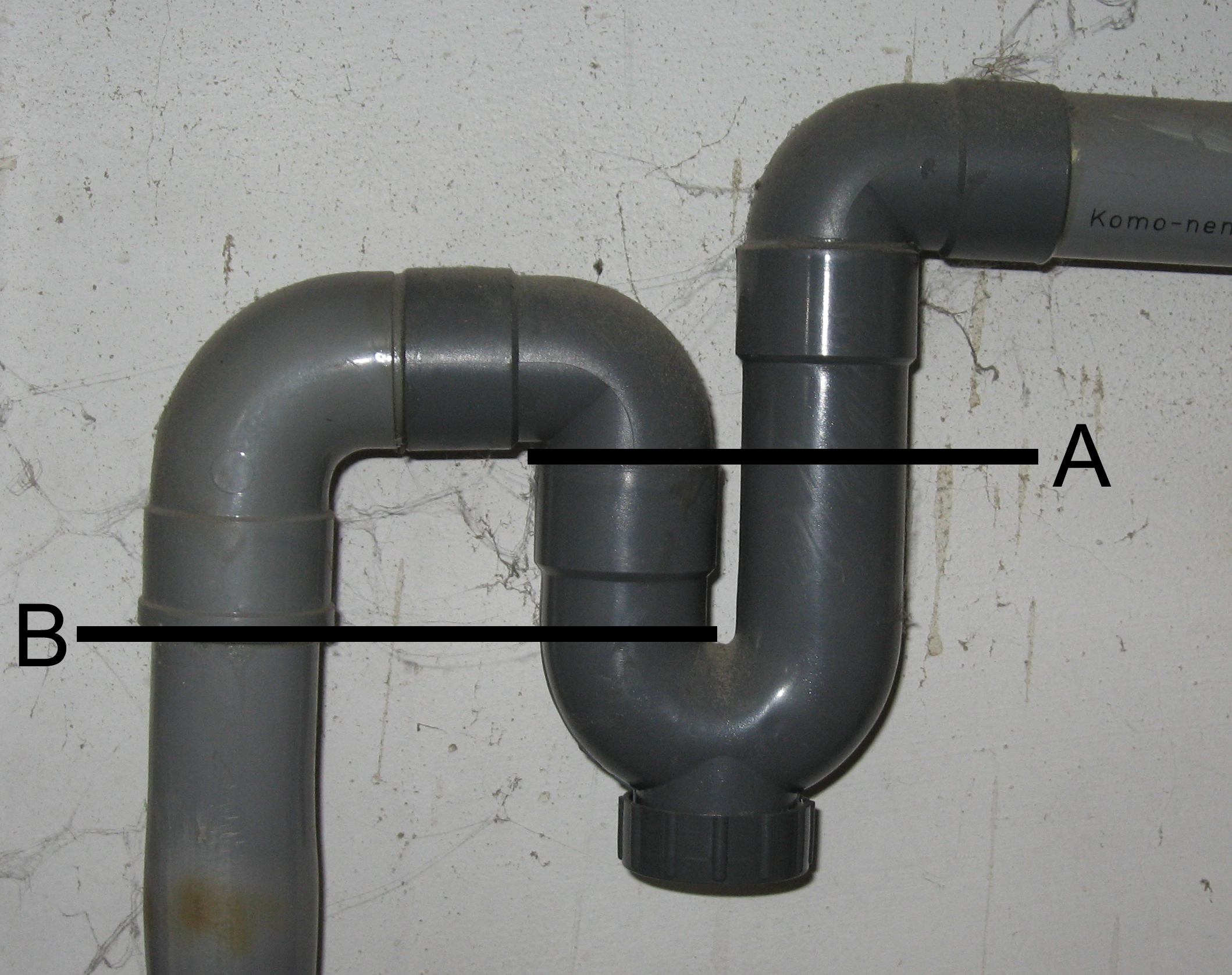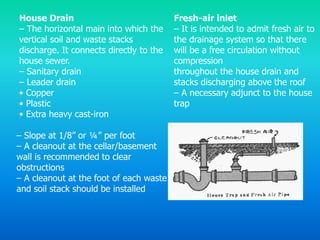Top Guidelines Of Alexander Plumbing And Remodeling
Top Guidelines Of Alexander Plumbing And Remodeling
Blog Article
Facts About Alexander Plumbing And Remodeling Uncovered
Table of ContentsTop Guidelines Of Alexander Plumbing And RemodelingThe Ultimate Guide To Alexander Plumbing And RemodelingThe Of Alexander Plumbing And Remodeling3 Simple Techniques For Alexander Plumbing And RemodelingOur Alexander Plumbing And Remodeling PDFsMore About Alexander Plumbing And RemodelingMore About Alexander Plumbing And Remodeling
If you see that your interior wall surfaces around the pile appear to be damp, your plumbing stack might be dripping. If you notice a dreadful scent in your home, it could indicate a leaking plumbing stack.In the event of leaks, these poisonous gases can produce a nasty odor in your home. A leak in your plumbing stack and wet places on walls can result in mold formation, weakening your walls. If you discover any kind of corrosion on or around your pipes pile, you need to call a plumbing professional to assess the situation
This is because, along with being unhygienic and inconvenient, property pipes stack repairs and replacements can be extremely costly. Depending on the pipes pile you have and what the concern is, the fixings can vary in intricacy and cost. The cost of replacing a pipes pile depends on where it's put in the home and exactly how huge of a pile you need.
Alexander Plumbing And Remodeling - The Facts
The price also depends upon the stack's dimension and the materials made use of to develop it, the labor costs, and any type of other unanticipated expenses. On average, anticipate to pay between $1,500 and $4,000 to change your pipes stack, according to HomeAdvisor. A plumbing pile is a critical part of any type of home's pipes system.
Fed up with sluggish drain? Your plumbing stack may be the trouble. Keep reading to find out more about what a pipes pile is and why it is essential to your home.

Plumbing vents shield plumbing catches. They don't make fixtures drain pipes much faster; as a matter of fact, they do the opposite. When it comes to very first time home customers, among the least recognized elements of a home seems to be pipes vents. They're those pipes sticking up out of the roofing that go through the attic and via the remainder of the house.
Vents are often linked together inside the attic, which permits fewer infiltrations in the roofing system. Let me duplicate that: pipes vents stop catches from being siphoned. They also prevent back-pressure on traps, however today the focus is on siphoning. You might have listened to that pipes fixtures will certainly drain faster when they're aired vent appropriately, however it's not true.
Alexander Plumbing And Remodeling Things To Know Before You Get This
You see the water glug out while air changes it, and this makes it drain pipes gradually. Once you put a hole in the top, water drains out extremely rapidly due to the fact that air can replace the water as it drains. This analogy does not hold water since the top of every pipes fixture is large open.
The top of a sink is open. The top of a tub is open. If you wished to re-create the soda bottle analogy, you would require to enclose the top of the pipes fixture and afterwards attempt to drain the water out. I can't think about any kind of instance where this could potentially happen.

Plumbing isn't nearly getting water where you require itit's likewise concerning removing pre-owned water securely. A plumbing drain system takes previously owned water from components and relocate to either the primary sewage system line or sewage-disposal tank. And it should do so without polluting tidy water or dripping sewage. A drain system includes piping that communicates sewage, rainwater, or various other fluid waste to a factor of disposal, either in the drain system or sewage-disposal tank.
Alexander Plumbing And Remodeling - Truths
Unlike the piping that brings water into a structure, the piping for a drainage system is normally constructed from plastic or metal. Tidy, fresh water comes from the street or another water service, such as a well, and is piped per plumbing fixture. Each component has a drainpipe line that gathers secondhand water and waste, which moves to the major drain system through gravity.
Vent piping gives air stress to help drain pipes water circulation efficiently. Vent pipes are affixed to the drainpipe lines at each fixture and protrude through the roof covering. They are capped to maintain pets and rain away, while allowing air to flow in. Catches in the drainpipe accumulate dirty water and secure the pipeline to maintain sewer gases out of the structure.
They can typically be removed by pouring drain cleaner down browse around this web-site the drain. If the cleaner does not dissolve the matter, a plumbing can snake the line or remove the P-trap to clear the debris.
Alexander Plumbing And Remodeling for Beginners
A plumber can situate the leakage by separating the line, then dig up the pipeline to figure out the size of the damages. Alexander Plumbing And Remodeling. They may have the ability to replace a section of the pipe or repair it with a patch. Plumbing isn't just about getting water where you require itit's likewise about getting rid of used water safely
And it has to do so without infecting tidy water or leaking Read More Here sewer. A drain system contains piping that shares sewage, rain, or other liquid waste to a point of disposal, either in the sewer system or septic storage tank. Its primary purpose is to accumulate and eliminate wastewater and maintain sewer gases out of the building.
Pipes isn't just about obtaining water where you need itit's likewise about getting rid of previously owned water safely. A pipes drain system takes pre-owned water from fixtures and moves it to either the primary sewer line or septic storage tank.
Alexander Plumbing And Remodeling Fundamentals Explained

Vent piping gives air pressure to assist important site drain water circulation smoothly. Air vent pipes are connected to the drain lines at each fixture and protrude through the roof. They are topped to keep pets and rainfall at bay, while enabling air to flow in. Catches in the drainpipe gather dirty water and secure the pipeline to keep sewer gases out of the structure.
They can commonly be gotten rid of by putting drainpipe cleaner down the drain. If the cleaner doesn't dissolve the matter, a plumbing technician can serpent the line or eliminate the P-trap to remove the debris.
A plumbing technician can find the leakage by isolating the line, then dig up the pipeline to determine the dimension of the damage. They may be able to change an area of the pipe or fix it with a spot. Plumbing isn't almost getting water where you require itit's likewise concerning removing previously owned water safely.
The Best Guide To Alexander Plumbing And Remodeling
And it needs to do so without contaminating tidy water or leaking sewage. A water drainage system includes piping that conveys sewage, rainwater, or various other liquid waste to a factor of disposal, either in the sewer system or sewage-disposal tank. Its major objective is to gather and eliminate wastewater and keep sewage system gases out of the structure.
Report this page